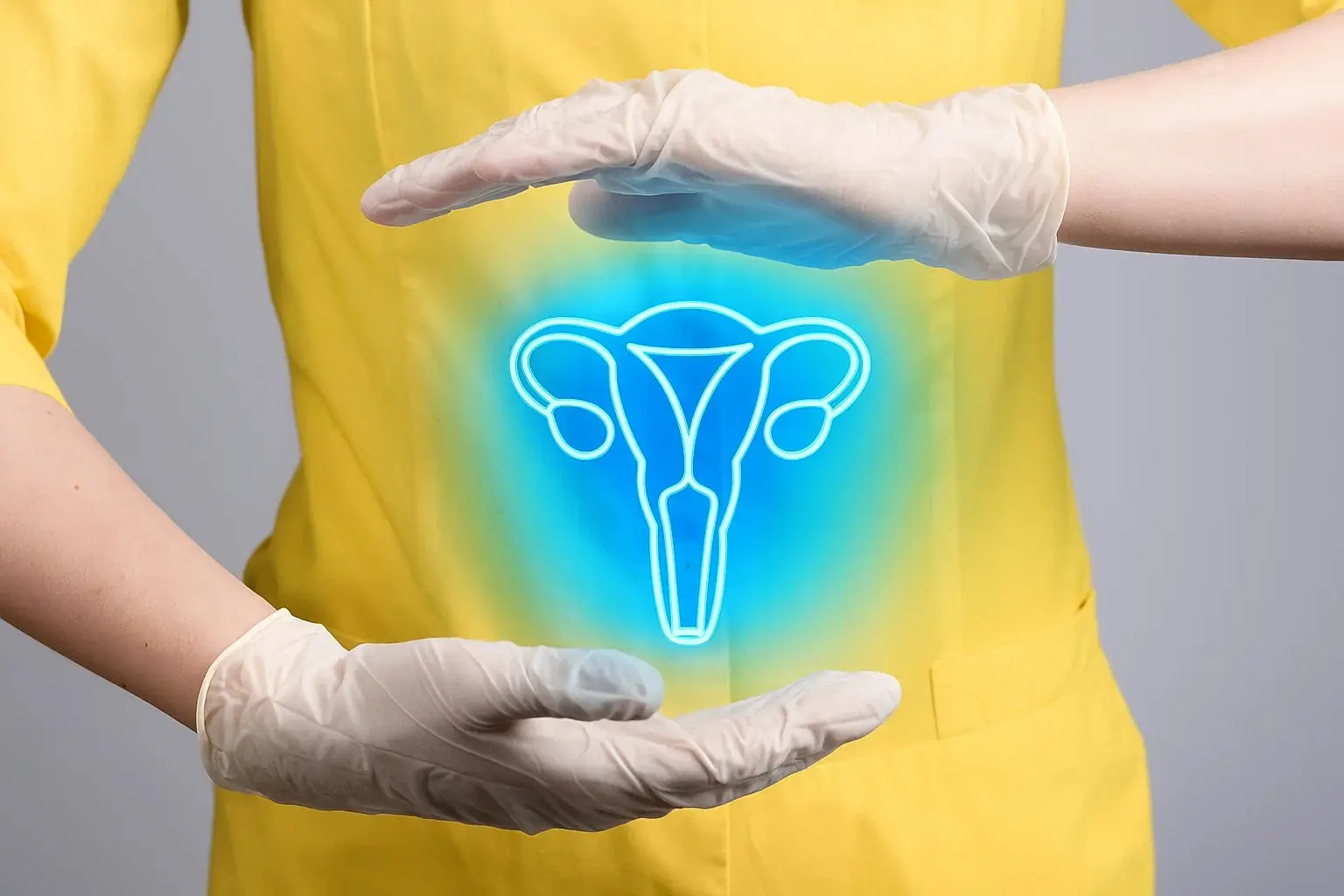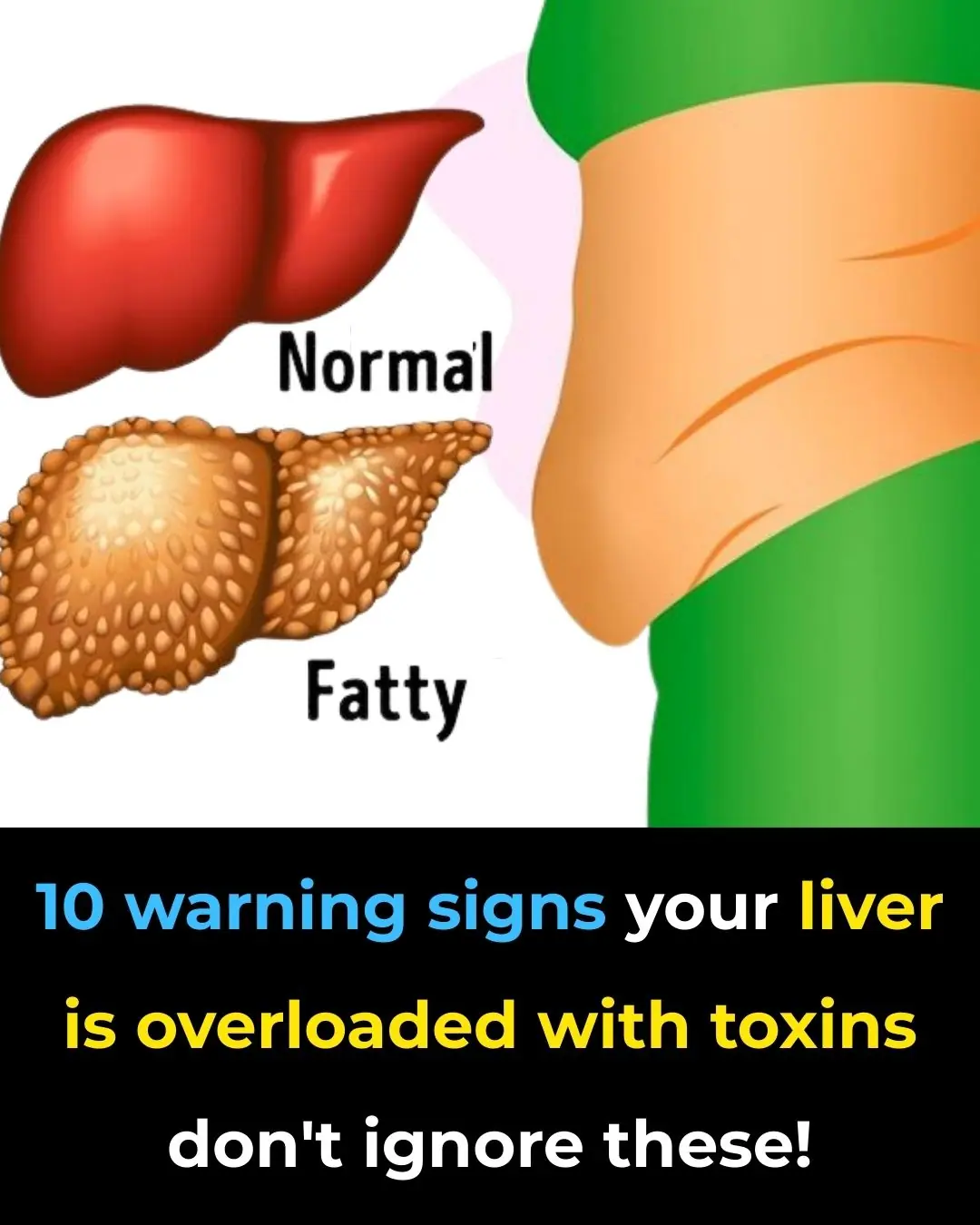
5 Early Warning Signs of Cervical Cancer That 90% of Women Overlook
Cervical cancer remains one of the most common cancers among women worldwide, yet many still fail to recognize its earliest warning signs. By paying attention to subtle body changes, women can detect the disease early—when treatment is most effective and chances of survival are highest.
Unfortunately, embarrassment, neglect, or lack of awareness often cause women to ignore red flags. Below are the five most common early warning signs of cervical cancer that are frequently dismissed—but should never be taken lightly.

- Unusual v:aginal Bleeding
Bleeding outside of your normal menstrual cycle, after sexual intercourse, or after menopause is one of the most important warning signs. Even if the bleeding is light, painless, or happens just once, it still requires medical evaluation.
In postmenopausal women, any amount of bleeding is a serious red flag. Cancerous or precancerous cells can damage delicate blood vessels in the cervix, leading to spotting or bleeding during physical activity or intimacy.
- Abnormal v:aginal Discharge
A noticeable change in v:aginal discharge should never be ignored. If you notice discharge that is watery, thick, foul-smelling, or discolored (yellow, green, brown, or blood-tinged), it could be a sign of cervical abnormalities.
Tumors in the cervix may cause infection or tissue breakdown, leading to unusual secretions. Discharge that suddenly increases in volume or changes in consistency is a clear reason to schedule a gynecological check-up.
- Pain or Bleeding During Intercourse
If intimacy becomes consistently painful or leads to spotting, it may indicate cervical damage. While infections or benign conditions can also cause these symptoms, cervical cancer must be ruled out first.
As tumors grow on or near the cervix, friction during intercourse may irritate fragile tissue, causing bleeding or sharp discomfort. Persistent pain in this context is a strong signal that professional evaluation is urgently needed.

- Pelvic, Lower Abdominal, or Lower Back Pain
Dull, ongoing pain in the pelvic region, lower abdomen, or lower back that does not correspond to your menstrual cycle may be linked to tumor growth. As the disease progresses, tumors can press on surrounding tissues, lymph nodes, or nerves, causing constant discomfort.
If such pain lingers for weeks without clear explanation—especially if combined with other warning signs—it’s time to see a doctor immediately. Early medical intervention can halt progression before the disease spreads further.
- Urinary Problems and Leg Swelling
Advanced tumors may press against the bladder or urethra, leading to urinary difficulties such as frequent urges, burning sensations, incontinence, or even blood in the urine.
Another overlooked symptom is swelling in one leg, particularly if only one side is affected. This can occur when tumors block lymphatic drainage in the pelvic area. Such swelling is often painless at first but indicates that the disease is advancing and requires urgent medical attention.
Why Early Detection Saves Lives
- High survival rates: When diagnosed at an early stage, the 5-year survival rate can reach 91–95%.
- Lower treatment costs: Early treatment often requires less invasive methods, with faster recovery and fewer long-term effects.
- Preservation of fertility: Women diagnosed early may avoid hysterectomy and maintain the ability to have children.
- Improved quality of life: Prompt detection reduces physical suffering and emotional strain, giving women more control over their health journey.
What To Do If You Notice Symptoms
- Schedule a gynecological exam immediately. Do not delay—only a specialist can confirm whether the changes are benign or serious.
- Get regular screenings. Pap smears and HPV tests are proven tools for early detection. Women aged 21–65 should screen every 3 years, and after age 30, combining Pap smear with HPV testing increases accuracy.
- Consider HPV vaccination. The vaccine can prevent up to 90% of cervical cancer cases and is most effective when given before sexual activity begins, but adults can still benefit after consulting their doctor.
Final Word
Cervical cancer is not a silent killer—it sends out warnings. The challenge is whether women notice and act on them in time. Abnormal bleeding, unusual discharge, painful intercourse, chronic pelvic pain, and urinary or leg problems should never be brushed aside.
By staying alert, scheduling regular check-ups, and embracing prevention tools like HPV vaccination, women can safeguard their health, protect their fertility, and ensure a brighter future for themselves and their loved ones.
News in the same category


Homeowner Resumes Backyard Treasure Hunt

7 Household Appliances That Drain More Power Than Your Air Conditioner—And Why I Regret Owning Them All
From constant-use devices like refrigerators to high-powered kitchen tools, every household has hidden electricity traps.

Another US doctors’ group breaks with federal policy, recommends COVID-19 vaccines for all adults

Donald Trump Says There Could Be People in Epstein Files Who ‘Don’t Deserve to Be’ There in Shocking Statement

Think Bottled Water Is Safer Think Again

8 Shocking Toilet Clues That Could Signal Cancer: Don’t Ignore These Early Warnings
Many people dismiss subtle changes in bathroom habits as minor or temporary issues. However, certain unusual signs when you go to the toilet could be early red flags of serious health problems. Recognizing them in time can make the difference between earl

Study Reveals How Earth’s Orbit Triggers Ice Ages, And There’s One in The Next 11,000 Years

This 3,200-Year-Old Tree Is So Big, It’s Never Been Captured In A Single Photograph…

Travel Coast-to-Coast by Train and See America’s Greatest Sites For Just Over $200

Descend Into the Heavenly Pit: Exploring Xiaozhai Tiankeng, the World’s Deepest Sinkhole

The Walking Trees of Ecuador: They Reportedly Move Up to 20 Meters Per Year

How to See Halos, Sun Dogs and Other Delights of the Daytime Sky

When someone in the family passes away, you should know that you should not keep these 4 relics for your children and grandchildren.

Student dies by suicide after undergoing a beard transplant in Turkey from an ‘estate agent posing as a surgeon’

The Sun Begins Killing off Elon Musk’s Starlink Satellites as Scientists Sound Alarm

Never Leave a Charger in Outlet Without Phone. Here Are the Top 6 Reasons Why

3 Coffee Types That Can Add Years to Your Life and Shield You from Heart Disease and Stroke
Enjoying two to three cups of ground, instant, or decaf coffee daily can be a powerful step toward a longer and healthier life.

Bananas Are Packed With Nutrients, But These 4 Groups Should Avoid Eating Too Many
Bananas are undeniably one of the most versatile and beneficial fruits. From boosting digestion to supporting heart health, they offer a wide range of nutrients. However, they are not suitable for everyone.
News Post

iPhone users slam latest update a 'downgrade' after noticing 'diabolically ugly' new features

Facebook users set to receive their share of $725,000,000 settlement as payments begin

Woman sends thousands of dollars to 'stranded astronaut' who was 'suffocating in space'

iPhone users warned to do one thing before updating to iOS 26

Guy Mocked for Dating 252-lb Woman

Homeowner Resumes Backyard Treasure Hunt

The Most Effective Ways to Get Rid of Bumps on Inner Thigh (Backed by Science)

Early Signs of Liver Damage & How to Strengthen Your Liver

Boil sweet potatoes, don't just add water

Why do old people often have many spots on their bodies?

Nothing phone brutally mock Samsung after they slammed Apple's latest iPhone

Medicinal uses of the plant

Mice are running around on the ceiling, do this immediately and they will disappear without a trace, without any cost.

Shingles Vaccine May Protect Against Dementia, New Study Suggests
Could a simple vaccine hold the key to protecting the brain against one of the most feared diseases of aging?

Foods Gout Patients Must Avoid at All Costs: Protect Your Health and Keep Painful Flare-Ups Away
Avoiding purine-heavy foods like organ meats, processed meats, certain fish, and yeast-based products can help reduce flare-ups and maintain joint health.

7 Household Appliances That Drain More Power Than Your Air Conditioner—And Why I Regret Owning Them All
From constant-use devices like refrigerators to high-powered kitchen tools, every household has hidden electricity traps.

Surgeons Face the Highest Mortality Risk Compared to Other Physicians, Study Finds
From elevated cancer rates to stress-induced cardiovascular disease, the profession carries health costs that demand greater awareness and intervention.

The Most Dangerous Time to Sleep: Why Going to Bed Late Can Harm Your Health

DIY Carrot Oil for Skin: Natural Remedy for Radiance and Anti-Aging
Homemade carrot oil is a simple, nutrient-packed solution for brighter, firmer, and deeply hydrated skin. Whether you choose the slow, nutrient-preserving sun infusion or the quick simmering method, this golden oil can rejuvenate your skin from the inside
